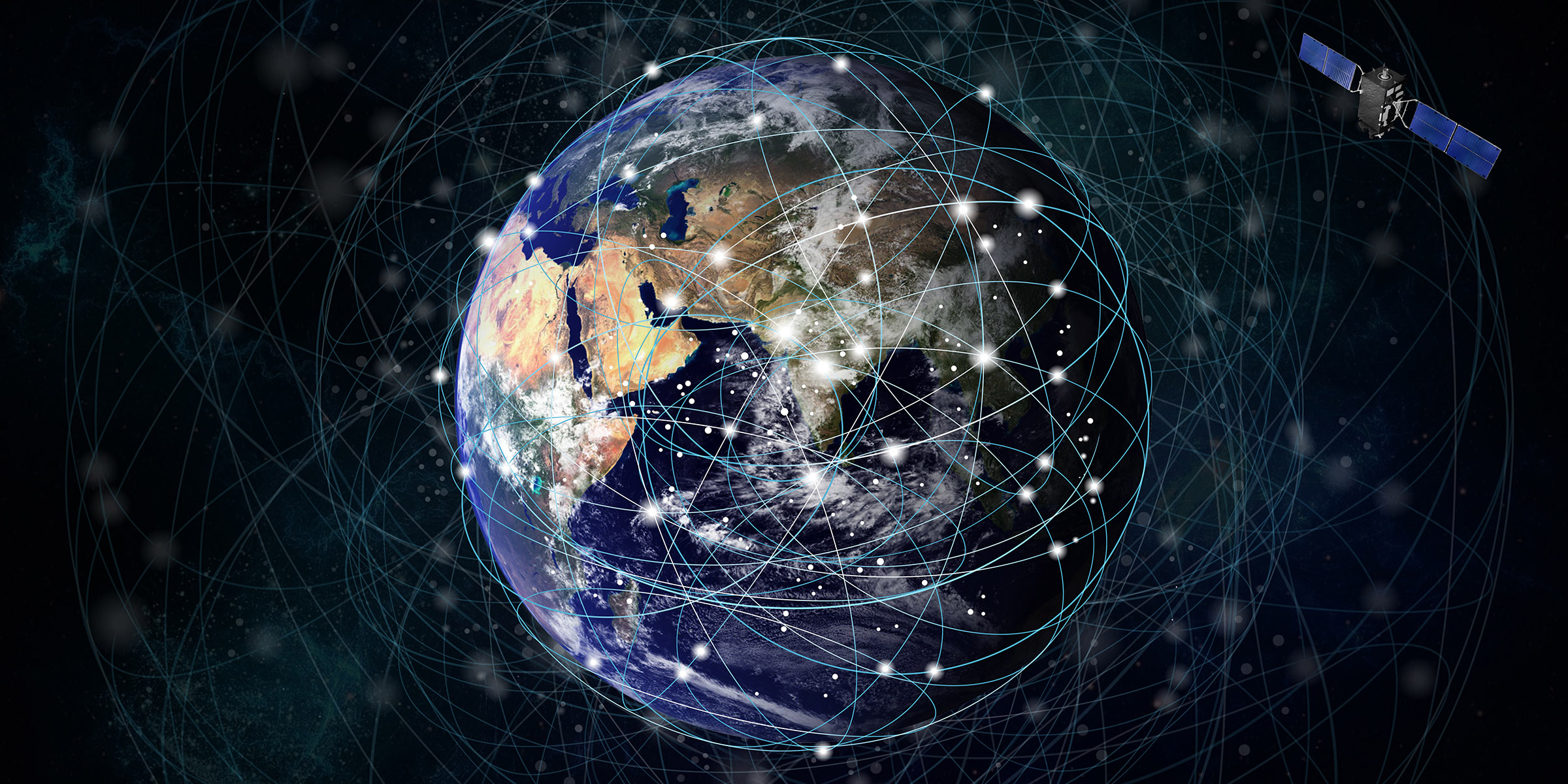Houston, we may have a problem. At least, that’s what some people might start saying very soon if the current trend around low-Earth orbiting objects continues. According to new reports, Starlink satellites performed over 25,000 evasive maneuvers between December 1, 2022, and May 21, 2023. This crazy number of maneuvers surely means that low-Earth orbit has become too crowded, doesn’t it? Well, not exactly.
Back in March, I spoke with Francois Chopard, the founder and CEO of Starburst Aerospace, about Earth’s satellite problem. He says that the current state of low-Earth orbit is concerning, but that the problem isn’t unfixable. Further, the problems surrounding Earth’s orbit becoming crowded comes down to the way these satellites are handled after they cease operations.
More intriguingly, we also have to look at the parameters that SpaceX uses with its Starlink satellites to truly understand what kind of risk we’re seeing here. Obviously, any kind of collision in low-Earth orbit has the potential to be absolutely catastrophic. Any collision will create fields of debris that will be much harder to avoid, especially as low-Earth orbit becomes more crowded in the future.
 Illustration showing various satellite trajectories in space. Image source: nana / Adobe
Illustration showing various satellite trajectories in space. Image source: nana / Adobe
That’s why NASA, SpaceX, and others follow strict parameters to determine the risk of a collision and then change their current trajectory based on those parameters. For NASA and many others, the set parameter requires a risk of 1 in 10,000 of two objects colliding for evasive maneuvers to be put into effect. However, SpaceX takes things a bit further.
Starlink uses a risk parameter of 1 in 100,000. That means that the chances of Starlink seeing a collision as possible are much higher, which means that we’re going to see more maneuvers as a whole. However, that doesn’t necessarily mean that low-Earth orbit has become too crowded for Starlink satellites to operate correctly.
Considering there are more than 3,500 active Starlink satellites in orbit, as of May of 2023, it isn’t hard to see how they would make so many maneuvers in just six months, or that they may be making those maneuvers when they aren’t even needed. Sure, overcrowding in low-Earth orbit is a concern, but these new Starlink numbers don’t necessarily point toward us hitting a tipping point just yet.
The big concern, though, comes into play when we look at the current amount of space junk, which includes debris from previous rocket launches and old satellites. With many others planning megaconstellations like Starlink already uses, it does raise some huge concerns about what the future of low-Earth orbit will look like.
But, as Chopard noted in my previous conversations with him, the problem isn’t out of hand just yet. But, if we continue to ignore it, it will eventually get out of hand, and could even hinder other operations – like future deep space exploration missions, which would be a shame.
>>> Read full article>>>
Copyright for syndicated content belongs to the linked Source : BGR – https://bgr.com/science/starlink-dodges-objects-thousands-of-times-a-month-is-low-earth-orbit-too-crowded/















